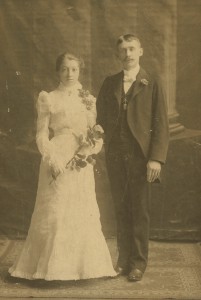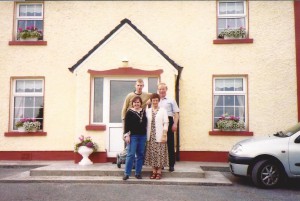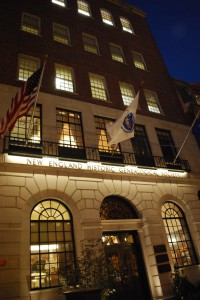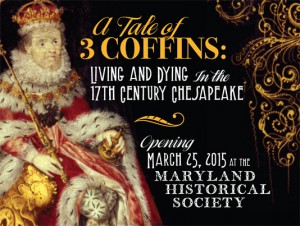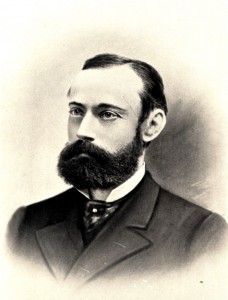
For the past six months, I have been devoting much of my time as Metadata Librarian at NEHGS to making older genealogies from our Boston research library available online in the NEHGS Digital Library and Archive. These genealogies, most of them originally published in the nineteenth and early twentieth centuries, are rare or unique to NEHGS, and have not been previously available online.
By adding them to our Digital Library, we hope that we can not only increase access to these hard-to-find resources, but also better preserve the physical books themselves, which are often suffering from the effects of brittle, acidic paper and deteriorating bindings. We have added items ranging from short, privately printed pamphlets – such as the five-page Family and Antecedents of William Henry Rayner and Jeanie Ann Balmer – to longer, more comprehensive treatises, like Henry Stoddard Ruggles’s The Ruggles Family in England and America. Continue reading Old genealogies in the digital age
